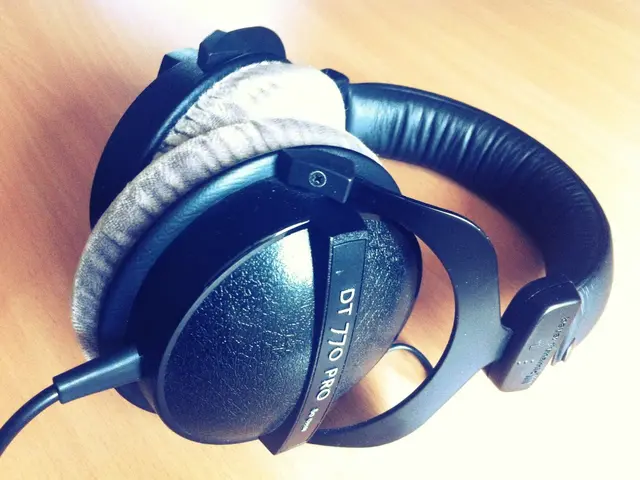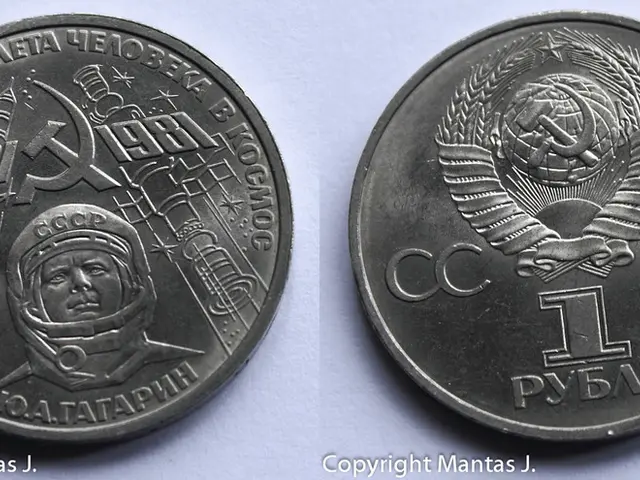Paving the Path to Standardization and Harmonization: The IX Update of the Web of Trust
Building a Decentralized Web Economy: Contributions Toward an Interoperable Future
The journey toward an interoperable, portable, collaborative, and decentralized digital economy relies heavily on community collaboration. Our organization has been actively participating in this mission by releasing white papers detailing use-case models and promoting the adoption of self-sovereign identity. This week, we were proud to attend the ninth Rebooting the Web of Trust (RWoT) event in Prague.
The RWoT organization, led by Christopher Allen, has already produced over 45 white papers, technical specifications, and code repositories, paving the way for new industry standards and use cases. At the event, developers, designers, and policy experts gather to share ideas and perspectives, fostering a diverse and vibrant community.
Our contribution to this year's RWoT event focused on analyzing verifiable credential protocols for issuer interactions. The discussion aimed to take existing standardization efforts for Decentralized Identifiers (DIDs) and the Verifiable Credential Data Format specification to a newer level, focusing on interaction protocols that build upon these data formats. The goal is to create a seamless exchange of verifiable credentials within the ecosystem.
Highlights of the RWoT event included exchanges with Samuel Smith, who presented his work on cooperative networks and the development of a Medium article discussing natural ways to counter the development of internet monopolies and aggregates. Another insightful contribution was the development of a model Agent Architecture by Snorre, et al., which addressed the confusion surrounding the term "wallet" within the community.
For those interested in additional resources, we've shared a preview of our website Validator Toolkit, complete with a demo from Onfido and the ZoOm face mapping technology. We've also published our thoughts on rebooting a web of trust at a self-sovereign identity meeting earlier this year in Berlin. Throughout previous RWoT events, we've contributed to multiple white papers aimed at building an interoperable, portable, collaborative, and decentralized digital future.
The integration of biometrics with verifiable credentials is a promising development, enhancing security and privacy by balancing verification benefits with evolving regulatory challenges. The European Identity and Cloud 2025 conference has showcased the concept of reusable digital identities, aimed at streamlining identity verification processes and reducing digital interaction friction. Additionally, the integration of AI-powered identity systems and biometrics is expected to drive more robust and adaptive identity solutions.
As we continue our journey toward a more secure, decentralized digital future, regulatory uncertainty remains an obstacle. Initiatives like the European eIDAS regulation and the European Self-Sovereign Identity Framework (ESSIF) aim to establish a legal foundation for self-sovereign identity. Despite these efforts, widespread legal recognition is still a work in progress.
- Within the context of the RWoT event, our organization delved into the analysis of verifiable credential protocols for issuer interactions, emphasizing on data-and-cloud-computing technologies that foster a more secure and interoperable digital future in the finance industry.
- As part of our ongoing mission to build an interoperable, portable, collaborative, and decentralized digital economy, we are closely monitoring the integration of AI-powered identity systems and biometrics in finance and data-and-cloud-computing, acknowledging its potential to drive more robust and adaptive identity solutions.




